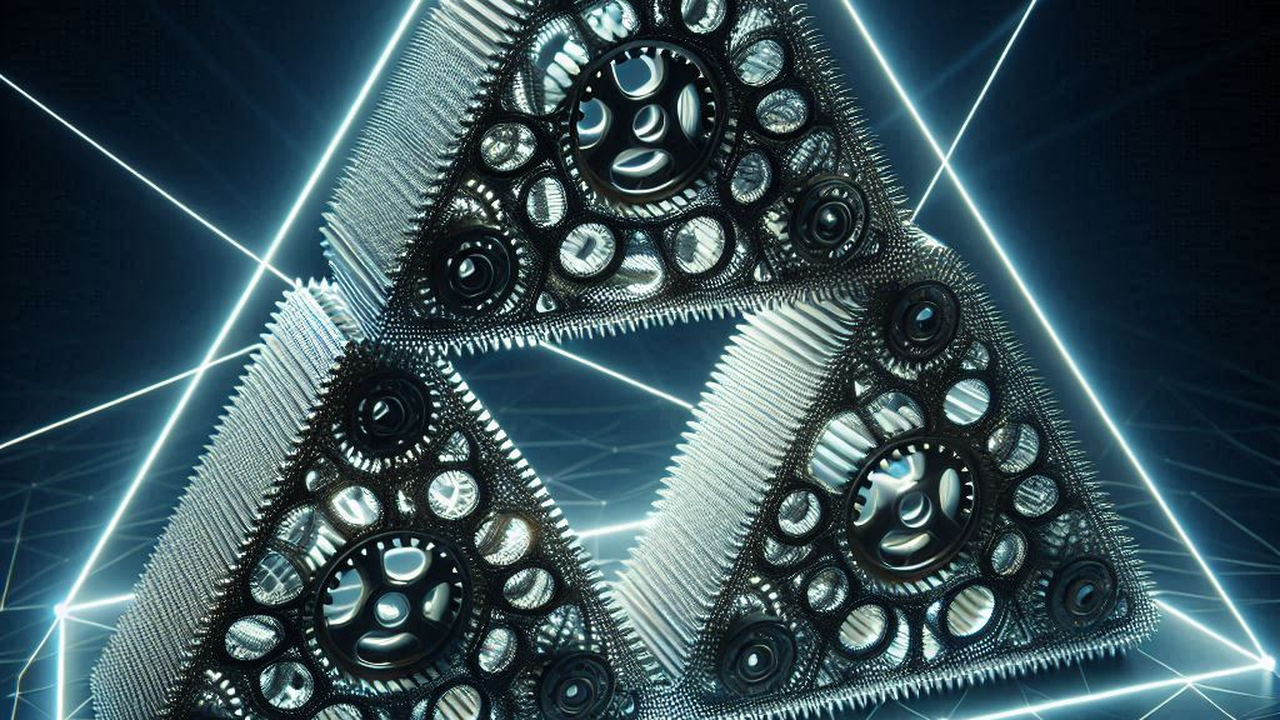Quantum simulators for exploring hitherto inaccessible phenomena
An international team led by Donostia International Physics Center (DIPC) has published an introduction in Reviews of Modern Physics to the fascinating world of the quantum simulation of exotic geometries, impossible to find in the real world. The work highlights the unique opportunities provided by various platforms for exploring these environments, and examines the innovative physical phenomena that can be explored through them.

Quantum simulation allows one to manipulate and observe, in the laboratory, the behaviour of a well-controlled quantum system, enabling quantum systems that would otherwise remain inaccessible to be explored. That is why, this work, led by the Ikerbasque Research Fellow Tobias Grass and the Ikerbasque Research Associate Professor Dario Bercioux of Donostia International Physics Center (DIPC) and recently published in Reviews of Modern Physics, presents a comprehensive view of exotic quantum simulators, which explores various platforms based on atoms, electrons and photons, and analyses their advantages as well as their limitations. The article also highlights how these platforms can open up new avenues for the study of phenomena ranging from condensed matter physics to cosmology. The ICFO and ICREA researcher Prof Maciej Lewenstein and researchers of the Institute for Theoretical Physics at the ETH Zurich, the École Centrale de Lyon and the TU Dortmund have participated in this DIPC-led study.
According to the authors, one exciting possibility is the use of quantum simulators to create synthetic quantum matter with exotic geometries that lead to localization phenomena. These tools also allow cosmological models involving curved space-times to be explored, and the quantum effects of black holes, such as the Unruh effect and Hawking radiation, to be simulated.
The DIPC researcher Tobias Grass stressed that “given the limitations of classical methods for simulating these systems, quantum simulators may develop their full potential, thus enabling the fundamental questions of many-body quantum physics to be addressed”. As Grass pointed out, “Our review shows that the bases have already been established for future explorations in which the well-known laws of quantum mechanics will give rise to unknown phenomena when they encounter fictitious spatial geometries, such as spaces with more than three dimensions.”
Tobias Grass, Dario Bercioux, Utso Bhattacharya, Maciej Lewenstein, Hai Son Nguyen, and Christof Weitenberg
Colloquium: Synthetic quantum matter in nonstandard geometries
Reviews of Modern Physics (2025)
DOI: 10.1103/RevModPhys.97.011001
